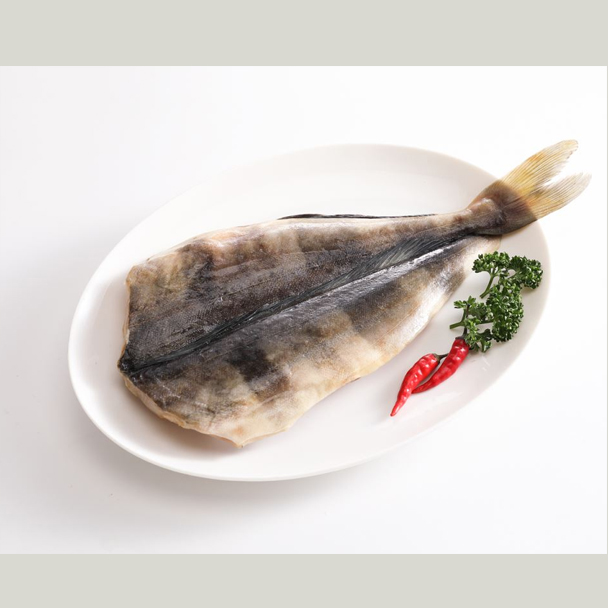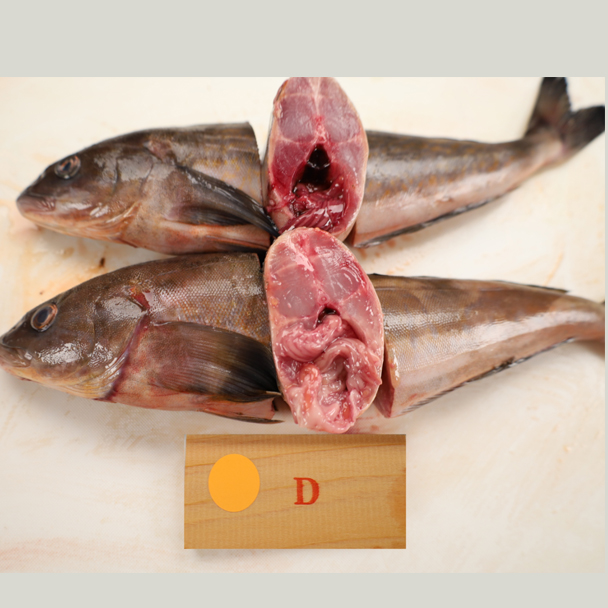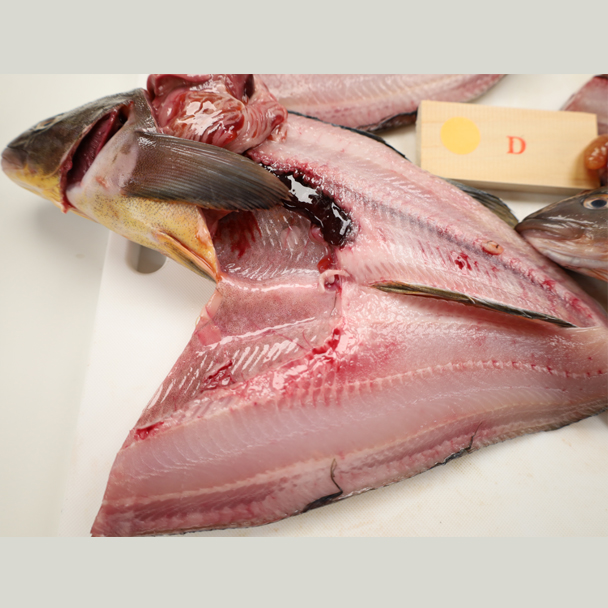








IT is a marine fish belonging to the family Lutjanidae, widely distributed in the tropical and subtropical waters of the Western Pacific and Indian Oceans, including southern Japan, Southeast Asia, and northern Australia.
It is a medium-sized fish, typically reaching 30–50 cm in length. The body is laterally compressed and oval-shaped, usually silver-gray or light yellow in color, marked by six distinct horizontal dark stripes along its sides—hence the name "Sixbar." It has large eyes, a terminal mouth with fine teeth, and sickle-shaped dorsal and anal fins, giving it a graceful appearance while swimming.
Sixbar Wrasse is a bottom-dwelling species that inhabits sandy or rubble areas near coastal coral reefs and rocky zones. It feeds on small crustaceans, mollusks, and fish. The flesh is tender, delicately sweet, and highly nutritious—rich in protein and trace minerals—making it suitable for various cooking methods such as steaming, stewing, braising, or charcoal grilling.
In Japanese and Southeast Asian markets, the Sixbar Wrasse is regarded as a premium-quality fish. Due to its distinctive stripe pattern and delicious flavor, it is popular in both upscale restaurants and fresh seafood markets.
